#Frogs in Australia
Text
An introduction to Biooz The fauna of Australia
Welcome to our brand-new blog, where we will embark on an exciting scientific journey through the incredible and diverse world of Australian fauna. Here, we'll delve into the remarkable and sometimes peculiar creatures that call the Land Down Under home. From the iconic kangaroo and koala to the more obscure marsupials, reptiles, birds, frogs, and insects, in this blog we will leave no stone unturned in our quest to explore the fascinating tapestry of Australia's wildlife.
Australia is a land like no other, boasting a unique and extraordinary ecosystem that has evolved in isolation for millions of years. It’s a vast landscape, which ranges from lush rainforests to arid deserts and expansive coastlines, these landscapes provide a rich and diverse habitat for a wide array of animal species. In this blog, we'll journey through this breathtaking country, uncovering the mysteries of its wildlife.
What to Expect from this blog
Here's what you can expect from this blog:
In-Depth Profiles: We'll take you up close and personal with the iconic and lesser-known creatures that roam this continent. Discover their fascinating biology, behavior, and unique adaptations to the Australian environment.
Conservation Insights: Australia is home to many endangered species facing various environmental challenges. We'll shed light on conservation efforts and the importance of preserving these incredible animals and their habitats.
Natural History: Get ready to journey through time as we delve into the evolutionary history of Australian fauna. We'll explore how these creatures have adapted to their surroundings over millions of years.
Travel and Wildlife Spotting: For the intrepid travelers among us, we'll share tips and locations to experience the Australian wildlife firsthand. Whether you're a local or planning a future trip, this blog will help you make the most of your adventures.
Q&A and Community Engagement: We encourage questions and discussions from our readers. Curious about a particular species or want to share your own wildlife encounters? We'd love to hear from you and foster a sense of community in our exploration of Australia's fauna.
Join Us on This Remarkable Journey
Australia's fauna is a treasure trove of biodiversity, and we're excited to take you along as we unravel its many mysteries. Our mission is to foster a deep appreciation for these unique animals and raise awareness about the challenges they face in an ever-changing world.
So, whether you're a seasoned biologist, an avid wildlife lover, or just someone with a curious mind, join us in our quest to explore the remarkable world of Australian fauna. Together, we'll gain a greater understanding of the incredible creatures that make Australia a truly special place. Stay tuned for our upcoming posts. Welcome to the adventure!
#Australian fauna#Australia#Wildlife blog#wildlife#Biodivesity#Australias wildlife#Australian Fauna#Wildlife Blog#Biodiversity#Australia's Wildlife#Kangaroos#Koalas#Marsupials#Reptiles#Birds of Australia#Frogs in Australia#Insects Down Under#Conservation Efforts#Natural History#Australian Ecosystem#Travel Tips#Wildlife Spotting Locations#Community Engagement#Endangered Species#Environmental Challenges#Wildlife Exploration#Australian Animal Profiles
0 notes
Text


Southern Gastric Brooding Frog (Rheobatrachus silus), family Myobtrachidae, found in the Blackall Range and Conondale Ranges in southeast Queensland, north of Brisbane, Australia
EXTINCT.
First discovered by western science in 1972 (possibly 1914), the last wild specimen was encountered in 1981, and the last captive specimen died in 1983.
The cause(s) for decline and extinction are unclear, but may include introduced species, habitat degradation, and the Chyrtrid fungus.
There is a project currently working to clone this frog. They have only been successful, so far, in cloning an embryo.
Females would swallow fertilized eggs, and brood them and tadpoles in her stomach. The metamorphosed froglets would emerge from her mouth later on.
There is considerable disagreement as to which family they should be included in (with some herpetologists putting the 2 species of Rheobatrachus into their own family).
photographs by AU Images and Michael Tyler
#gastric brooding frog#frog#amphibian#rheobtrachus#myobatrachidae#herpetology#animals#nature#australia
1K notes
·
View notes
Text

A northern spadefoot (Notaden melanoscaphus) in Mornington, Kimberley, WA, Australia
by Melissa Bruton
#northern spadefoot#australian ground frogs#frogs#amphibians#notaden melanoscaphus#notaden#Limnodynastidae#anura#amphibia#chordata#wildlife: australia#wildlife: oceania
426 notes
·
View notes
Text


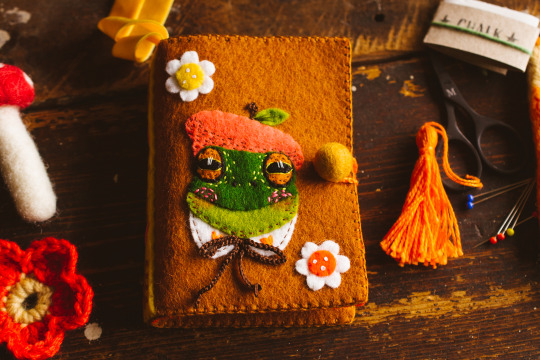

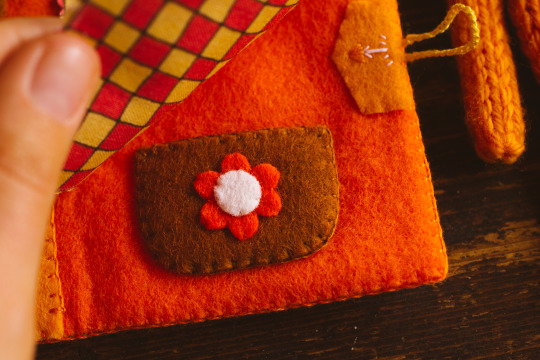
Finally photographed and listed all the needle booksies!
Available now on my etsy
I really love all the Merchant & Mills sewing accessories, they really fit the vibes here. But also I think it's a cute way to get into sewing/ embroidery/ handiwork. Idk. Just thoughts
#needle case#needlebook#cottage vibes#sewing#grandma vibes#grandmacore#cottagecore#ferntales#frog#mushroom#embroidery#art#fibre art#australia#etsy
1K notes
·
View notes
Photo
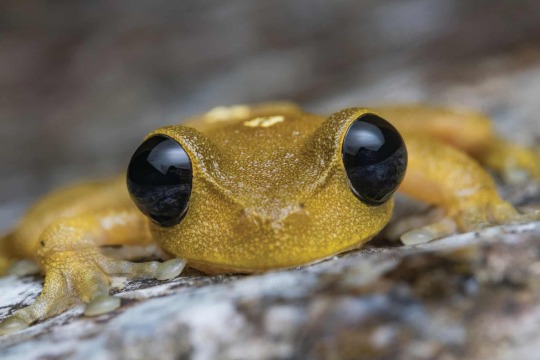
Australian lace-lid. Location: Mossman, Queensland.
Photograph: Adam Brice
#adam brice#photographer#australian lace-lid#frog#amphibian#mossman#queensland#australia#animal#nature
2K notes
·
View notes
Note
What frog would be the best for a wizard? Like if a wizard wanted to ponder a frog and not an orb, what are the most ponderable frogs?
No question, Myobatrachus gouldii

[src]
The first thing the wizard would want to ponder is 'what the fuck has happened to this frog? How did it wrong the Wild Mother to be treated this way?'
But if you don't want a frog that tumblr might flag as inappropriate, consider Notaden bennetti, the aptly named 'crucifix frog'

[src]
#frog#frogs#animals#d & d#zoology#herpetology#Australia has some truly bizarre frogs#but I love them for it#Notaden#Notaden bennetti#Myobatrachus#Myobatrachus gouldii
435 notes
·
View notes
Text
(lot of big frog wins)
For the first time in five years, northern corroboree frogs have been spotted in Namadgi National Park by ACT government ecologists.
The species is listed as critically endangered and the government has been attempting to restore their population in the park for more than a decade.
Ecologists have been releasing frogs and eggs into the park as part of a breeding program, but they had not been spotted in the wild since 2019.
This year, 16 male frogs were identified at the Ginini Flats Wetlands site and a further 21 frogs were counted at a lower elevation site in the park. "Having not seen these frogs in the wild since 2019, we were beginning to think all hope was lost, and that the species was close to extinction," Environment Minister Rebecca Vassarotti said.
She told ABC Radio Canberra the frogs were under pressure due to many issues including climate change, habitat loss and the invasive chytrid fungus.
That deadly fungus affects the frogs' skin and stops them from being able to take in water and important salts.
Ms Vassarotti said ecologists had been experimenting with the breeding program and releasing frogs in different areas to see if they could make a difference.
"We've been ... releasing eggs in some other areas in Namadgi, where they hadn't previously been seen," she explained.
"These were at slightly lower elevations. And the reason we were doing that is that they were elevations where there wasn't such an impact of this awful fungus."Ms Vassarotti said this was an "exciting" development but acknowledged there was more work to be done through the breeding program.
"Australia is the extinction capital of the world," Ms Vassarotti said in a statement.
"Way too often, climate change and human impact on the environment has resulted in us losing unique species permanently as they become extinct.
"I've been heartbroken to have to continue to list species as close to extinction.
"The identification of new northern corroboree frogs across a range of sites restores my confidence that we can save this incredible frog that is so unique to our region."
#good news#frogs#environmentalism#science#environment#nature#animals#australia#endangered species#conservation#climate change#climate crisis#parks
70 notes
·
View notes
Text
Melbourne media day aka happy anniversary to this hilarious goggles challenge

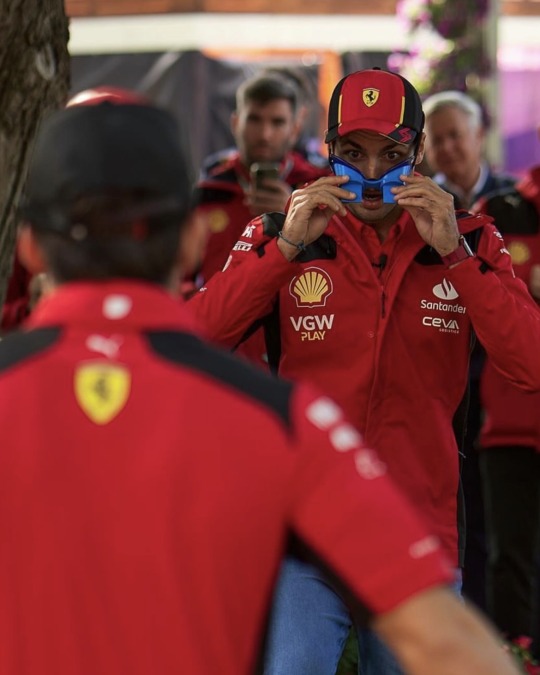

#Charles’ 👍👍#Carlos face in the second one lmao#and the crazy frog#carlos sainz jr#charles leclerc#charlos#c2#c square#f1#scuderia ferrari#australia 2023
61 notes
·
View notes
Text
Cute hunter
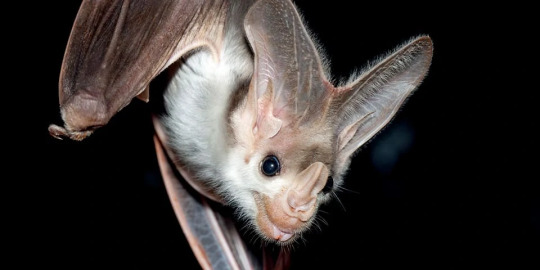
#Ghost Bat#bats of Australia#False vampire Bats#Bat of the day#Daily Bat#Bat#bats#batposting#Cute bats#cute animals#Look at them!#I love them so much#even if they eat frog
236 notes
·
View notes
Photo



Spotted Tree Frog (Litoria spenceri), Mount Beauty, Victoria, Australia
#tropical#frogs#tree frog#spotted tree frog#australian frogs#amphibian#wildlife#nature#victoria#mount beauty#rainforest#rivers#jungle#australia
60 notes
·
View notes
Photo

Crucifix Toad (Notaden bennettii), male, Lake Cargelligo, New South Wales, Australia
Found in Eastern Australia. Fossorial (burrowing). Call is a “WOOP” sound. Max. length is 6.8 cm. Feed mainly on ants and termites.
photograph by JJ Harrison | Wikipedia CC
604 notes
·
View notes
Text

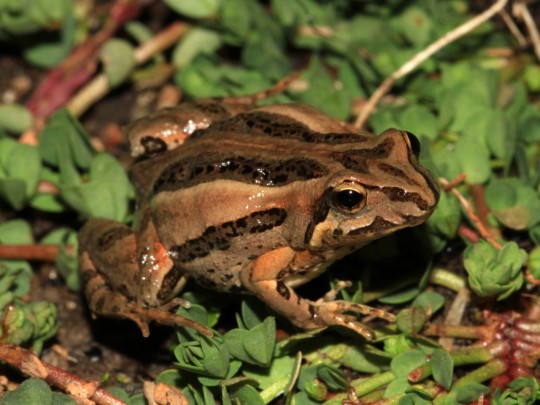
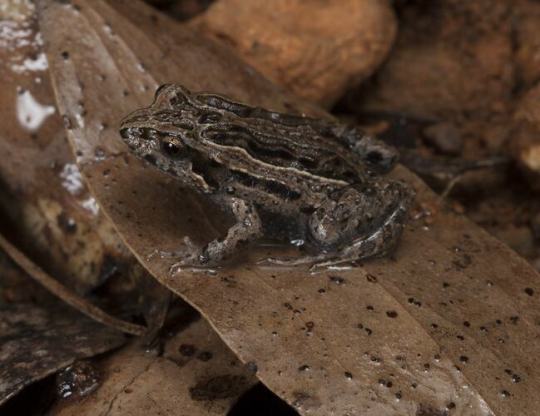

Commune with the Common Eastern Froglet
The common eastern froglet (Crinia signifera) is, as its name suggest, a widely encountered species of frog in eastern Australia, as well as the island of Tasmania. This species can be found in many habitats, including deciduous eucalyptus forests, wetlands, and agricultural and urban ponds and dams. During the dry season, froglets will also shelter under logs or leaf litter to prevent desiccation.
C. signifera is one of the smallest species of frog, reaching only 3 cm (1.2 in) in length. Most individuals are brown, but specific markings can vary widely from region to region; some have dark stripes while others take on a more mottled appearance, though generally the belly is lighter than the back and head. Because this species is largely terrestrial, they lack webbing on their toes.
Like most frogs, the common eastern froglet consumes primarily insects, especially mosqitoes, cockroaches, flies, and small spiders. In turn, the species is food for a wide variety of predators including larger frogs, fish, birds, and small rodents. Because C. signifera is active all year round, its distinctive cricket-like "Crick crick" call can be heard in every season, typically as males attempt to attract a mate, though their coloration and small size makes them difficult to find.
Under ideal conditions, C. signifera mates througout the year. Once a male has attracted a female, typically by being the loudest male in an area, he will climb on top of an inseminate her in a common position known as amplexus. Afterwards, the female will lay upwards of 200 eggs attatched to a leaf or stick at the water's surface level. Though these eggs are a popular snack for predators, it only takes about 10 days for them to hatch; afterwards, hundreds of tadpoles will occupy the water for anywhere from 6 weeks to 3 months. Fully mature adults leave the water to find food and mates, but will often stay close to their original breeding ground.
Conservation status: The IUCN considers the common eastern froglet to be of Least Concern. Though the species is threatened by habitat loss, it is remarkably resilient to the chytrid fungus which has devestated so many other Anuran species.
If you like what I do, consider leaving a tip or buying me a ko-fi!
Photos
Stephen Mahony
Matt Clancy
David Paul
George Vaugan
#common eastern froglet#Anura#Myobatrachidae#froglets#Australian ground frogs#frogs#amphibians#deciduous forests#deciduous forest amphibians#wetlands#wetland amphibians#urban fauna#urban amphibians#oceania#australia#east australia#biology#zoology#animal facts
105 notes
·
View notes
Text

Scarlet-sided Pobblebonk or Eastern Banjo Frog (Limnodynastes dumerilii grayi), Barakula State Forest, QLD. Australia
Photograph by Indra Bone
#pobblebonk#banjo frog#frog#limnodynastes#limnodynastidae#amphibian#australia#herpetology#animals#nature
623 notes
·
View notes
Text
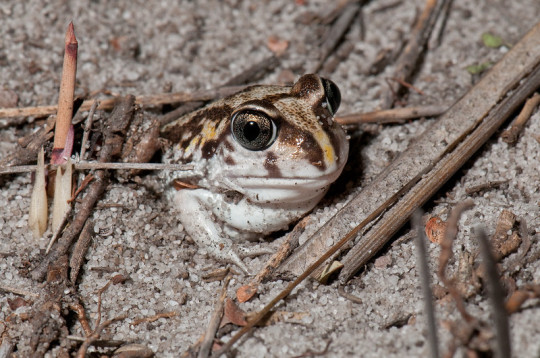
A moaning frog (Heleioporus eyrei) emerges from its burrow in Noranda, Lightning Swamp, Western Australia
by John Anderson
#moaning frog#frogs#amphibians#Heleioporus eyrei#heleioporus#Limnodynastidae#anura#amphibia#chordata#wildlife: australia
424 notes
·
View notes
Text

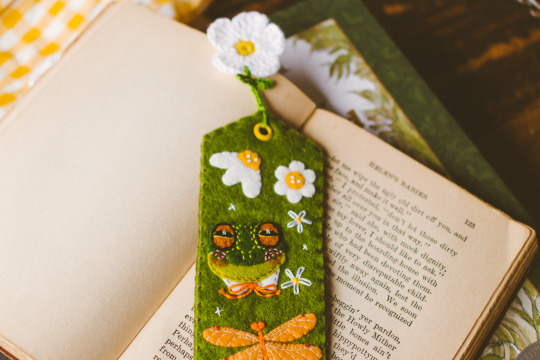


Frog and Toad Bookmark [etsy]
#ferntales#cottagecore#grandmacore#cottage#australia#felt#cottage aesthetic#grandma vibes#etsy#bookmark#frogandtoad#mybookmarks#daisy#frog#toad
301 notes
·
View notes
Photo
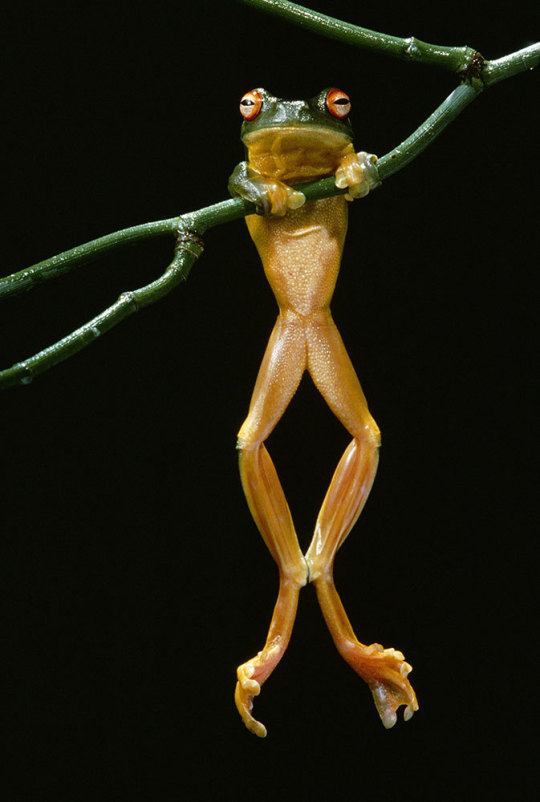
A red-eyed tree frog clutches a branch in a rainforest in Australia. Frogs are challenged by the climate crisis, pollution, and a deadly fungus��exacerbated by Europe's demand for their legs. Conservationists say the EU should do more to help regulate the trade and protect species.
SCIENCE SOURCE
#science source#photographer#national geographic#red-eyed tree frog#frog#rainforest#australia#animal#amphibian#nature
532 notes
·
View notes